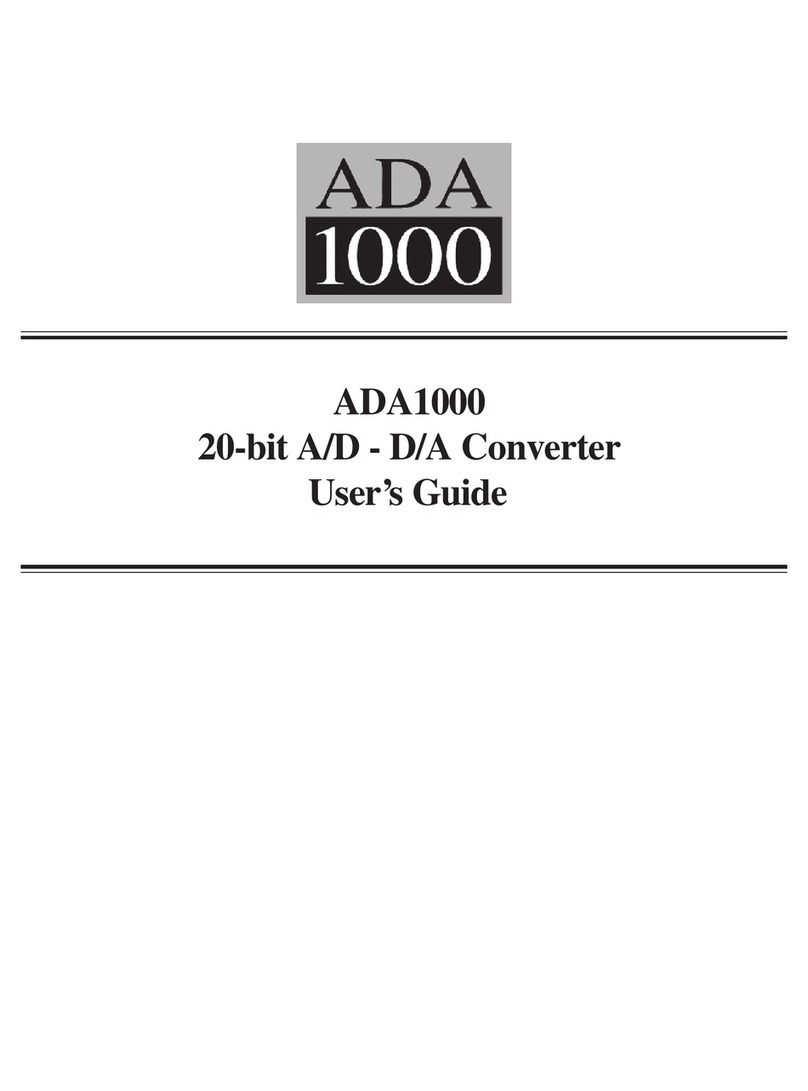
2
Equipment Markings
The lightning flash with arrowhead symbol within an
equilateral triangle is intended to alert the user of the
presence of uninsulated “dangerous voltage” within the
product's enclosure that may be of sufficient magnitude to
constitute a risk of electric shock to persons.
The exclamation point within an equilateral triangle is
intended to alert the user of the presence of important
operating and maintenance (servicing) instructions in the
literature accompanying the product (i.e. this manual).
Caution To prevent electric shock, do not use the polarized plug
supplied with the unit with any extension cord, receptacle, or other outlet
unless the blades can be fully inserted.
Terms
The following are notational conventions used in this user guide:
Note Identifies information that needs extra emphasis. Supplies extra information to help you to better use
the product.
Caution Identifies information that, if unheeded, may cause damage to the Lucid product or other equipment in
your system.
Warning Identifies information that, if ignored, may be hazardous to your health or that of others.
CAPITALS Controls, switches, or other markings on the product’s chassis.
Important Safety Instructions
Please read and keep these instructions. Follow all warnings and instructions.
Mains Voltage Selection The Lucid SRC9624 uses an auto-sensing power supply and can
operate from 90 to 250 VAC, at 50–60 Hz. Therefore, there is no
need for the user to set the mains voltage prior to use.
Power Source This product is intended to operate from a power source that does
not apply more than 250V rms between the power supply conductors
or between either power supply conductor and ground. A protective
ground connection, by way of the grounding conductor in the power
cord, is essential for safe operation.
Grounding The chassis of this product is grounded through the grounding
conductor of the power cord.To avoid electric shock, plug the power
OPERATOR SAFETY SUMMARY
AVIS: NE PAS OUVRIR
Il ne se trouve a l’interieur aucune piece pourvant entre reparée l’usager.
SEE OWNERS MANUAL.VOIR CAHIER D’INSTRUCTIONS.
S’adresser a un reparateur compétent.
RISQUE DE CHOC ELECTRIQUE
No user serviceable parts inside.Refer servicing to qualified service personnel.
CAUTION
WARNING: TO REDUCE THE RISK OF FIRE OR
ELECTRIC SHOCK DO NOT EXPOSE
THIS EQUIPMENT TO RAIN OR MOISTURE
DO NOT OPEN
RISK OF ELECTRIC SHOCK
SECTION 2




























